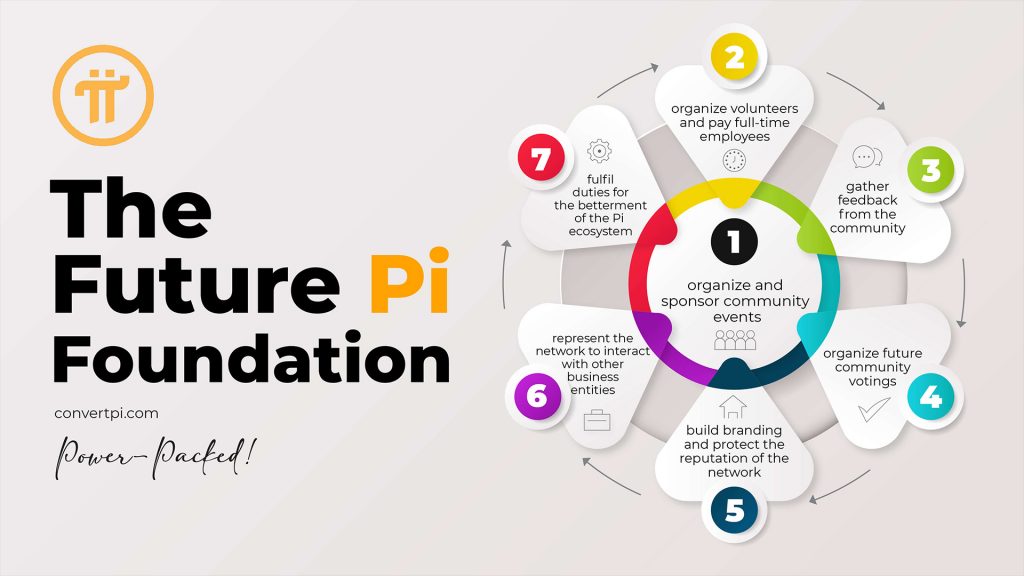Banks and fintech companies are rapidly embracing stablecoins—cryptocurrencies pegged to stable assets like the U.S. dollar or gold. Unlike Bitcoin and other volatile cryptocurrencies, stablecoins offer price stability while leveraging blockchain’s efficiency. This combination makes them ideal for faster payments, lower fees, and financial inclusion. As regulations evolve and institutional adoption increases, financial institutions recognize stablecoins as a critical tool for modernizing transactions. This article explores why banks and fintechs are entering the stablecoin market, the key players involved, regulatory challenges, and what the future holds for this digital financial revolution.
Why Banks and Fintech Are Rushing Into Stablecoins

Stablecoins provide an alternative to slow, expensive traditional banking systems. They enable near-instant transactions without intermediaries like SWIFT, making them ideal for cross-border payments. Key reasons for adoption include:
1. Faster and Cheaper Transactions
Stablecoins operate on blockchain networks, reducing settlement times from days to seconds while cutting costs. This benefits global businesses, remittances, and e-commerce.
2. Transparency and Security
Blockchain provides an immutable transaction record, reducing fraud risks and improving regulatory compliance. Banks see this as an opportunity to enhance financial security.
3. Regulatory Developments
Governments are establishing frameworks for stablecoins, signaling mainstream acceptance. The U.S., Europe, and Asia are exploring regulations and central bank digital currencies (CBDCs).
4. Expanding Digital Asset Services
Fintech firms leverage stablecoins to offer new financial products, from DeFi lending to crypto-based payments, bridging the gap between traditional finance and digital assets.
Major Players in the Stablecoin Market

1. JPMorgan’s JPM Coin
JPM Coin facilitates instant settlement for institutional clients, showing how major banks are integrating blockchain into their operations.
2. PayPal’s PYUSD
PayPal introduced PYUSD, a fully backed dollar-pegged stablecoin, allowing seamless crypto-fiat transactions within its ecosystem.
3. Circle’s USDC
USDC, issued by fintech firm Circle, is one of the most widely used stablecoins, backed 1:1 by the U.S. dollar and trusted by businesses and institutions.
4. Visa and Mastercard’s Stablecoin Efforts
Visa enables USDC settlements on its network, while Mastercard is testing stablecoin-based cross-border payments to enhance efficiency.
5. Central Banks and CBDCs
Governments are developing CBDCs to compete with private stablecoins, ensuring regulatory control while modernizing financial systems.
Challenges of Stablecoin Adoption
Despite growing adoption, stablecoins face hurdles:
- Regulatory Uncertainty: Global governments are defining rules, which could impact adoption.
- Reserve Backing Concerns: Some stablecoins lack transparency in reserve holdings, raising stability questions.
- Cybersecurity Risks: Blockchain hacks and smart contract vulnerabilities remain concerns.
- Impact on Traditional Banks: If stablecoins replace bank payments, financial institutions may need to adapt.
The Future of Stablecoins
Stablecoins will continue reshaping finance through:
- Institutional Growth: More banks and fintechs integrating stablecoins into services.
- DeFi Expansion: Stablecoins powering decentralized lending and trading.
- Government-Issued Digital Currencies: CBDCs competing with private stablecoins.
- Improved Financial Inclusion: Faster, cheaper transactions for underserved populations.
Conclusion
The stablecoin gold rush is revolutionizing global finance. Banks and fintechs adopting stablecoins will lead the next era of digital payments, offering faster, cheaper, and more inclusive financial solutions. While challenges remain, stablecoins are not just a trend—they are the future of money.
Start You Tech Journey Here.
Read More Here.

